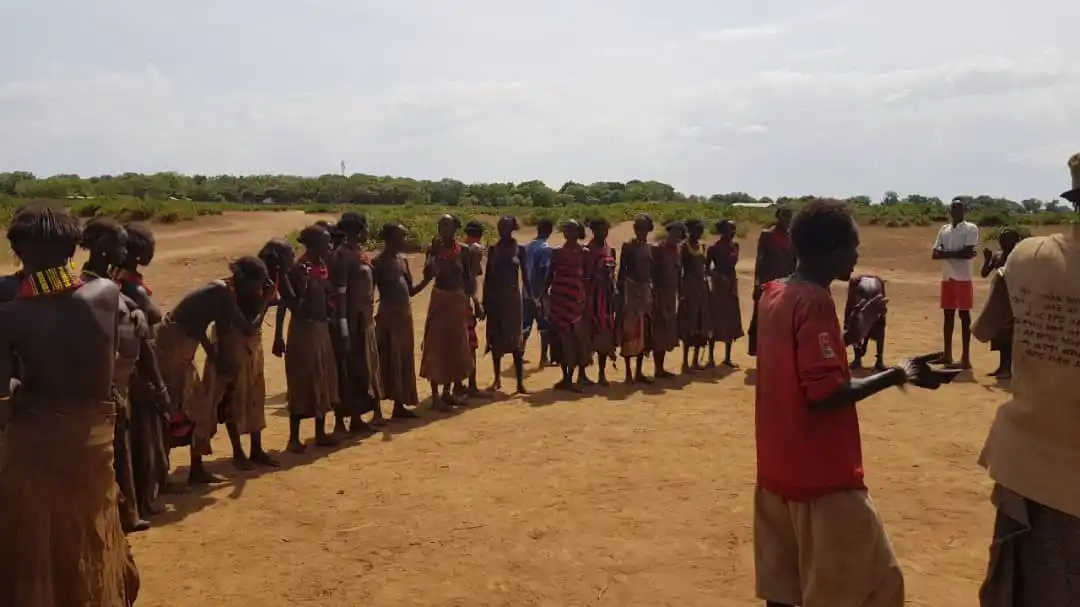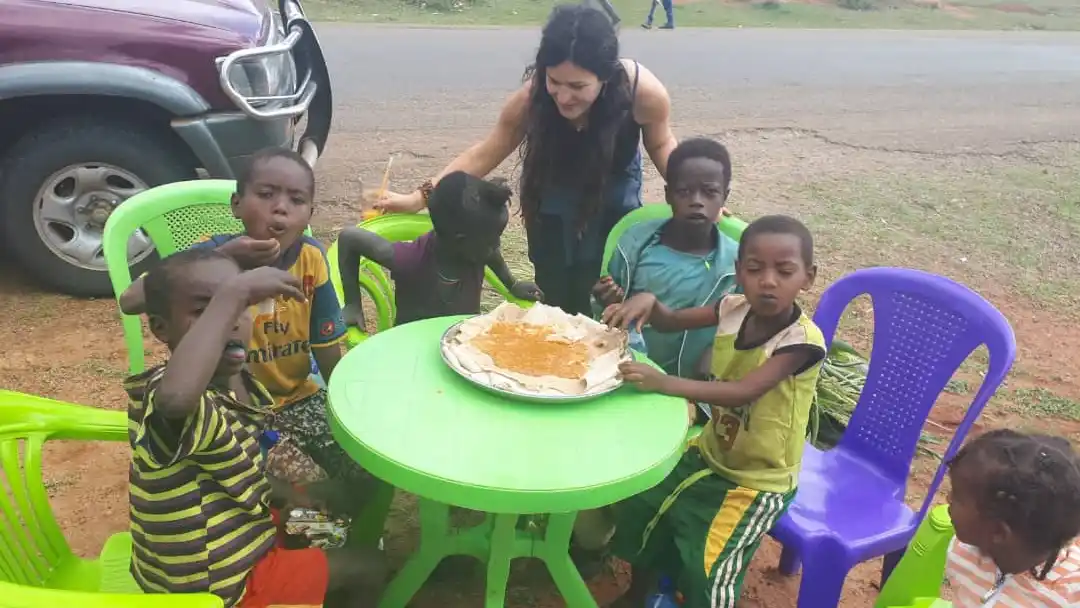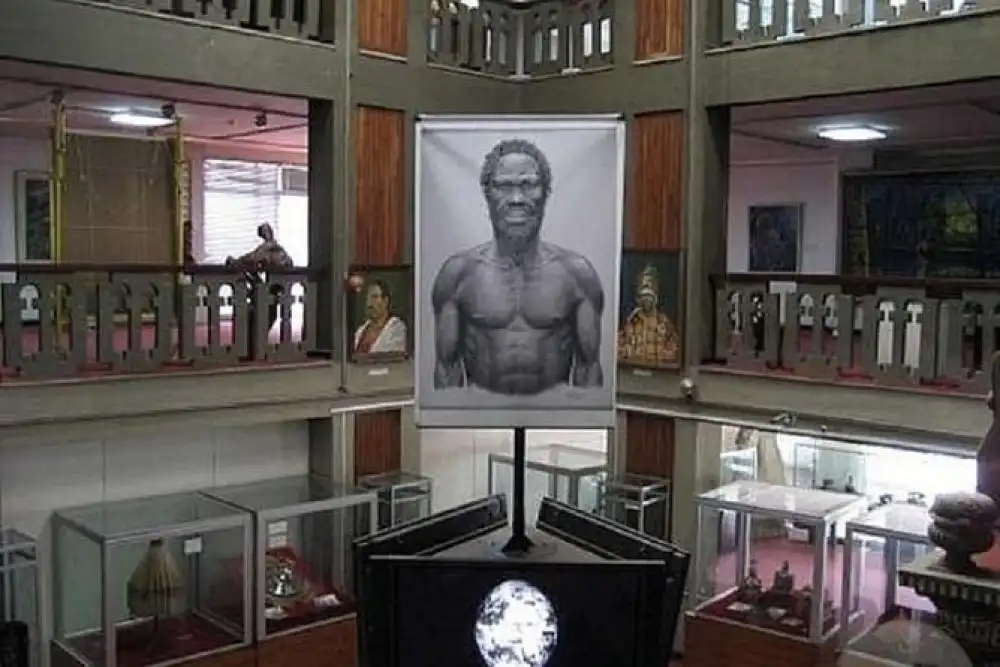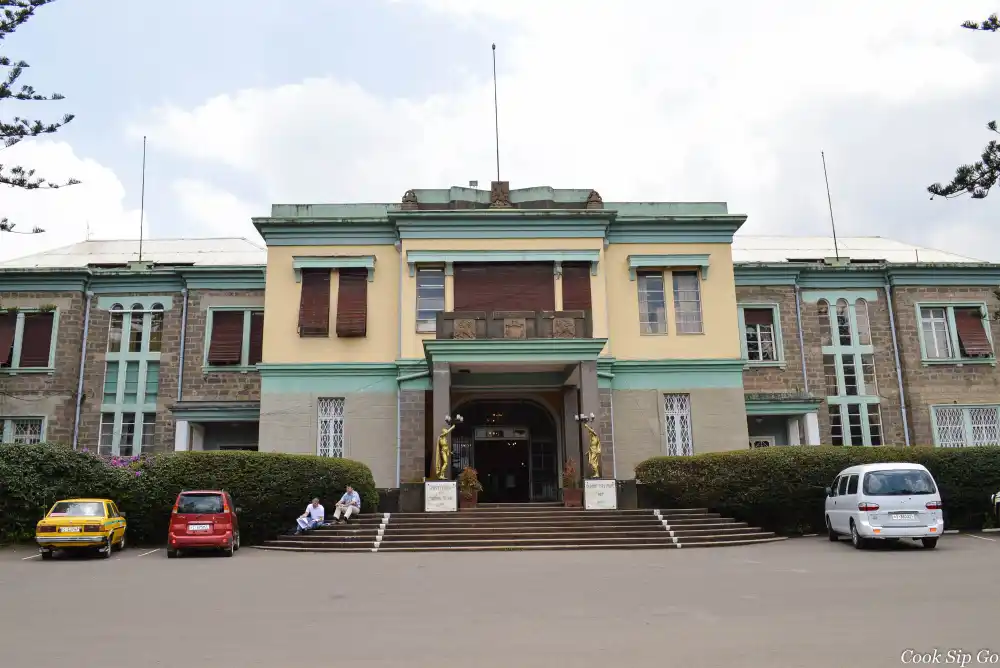Omo Valley
CULTURAL ATTRACTIONS
Overview
Ethiopia is a country of extraordinary ethnic and cultural diversity in terms of cultural attractions.
Ethiopia is a veritable mosaic of peoples. There are over 83 ethnic groups with 200 dialects. Based on the language they speak, they can be divided into Semitic, Cushitic, Nilotic, and Omotic stocks. Although the original physical differences between the major ethnic groups have been blurred by centuries, if not millennia, of intermarriage, there remain many who are distinct and unique.Ethiopian culture had been institutionalized on a modest basis first through philology and history, then through archaeology and anthropology, and more recently through political science, and sociology


Omo Valley
The Omo Valley is home to many tribes within a relatively small area. The Bodi, Hamer, Tsemay, Dassanech, Benna, Karo, Mursi, Surma, Ari, and Nyangetom are better known among others. The Omotic people are so named because they inhabit in a relatively small region surrounding the Omo River in the provinces of Kefa and Gemu Gofa. They speak languages derived from what is now considered one of the six great families of Afro-Asiatic, a language family represented exclusively by these peoples. The region is known for and is endowed with diverse culture and they are quite distinct one another and are the vast numbers of ethnic groups inhabiting the area; no less than 56 languages spoken in the region.
PEOPLE OF OMO VALLEY
The tribes that live in the lower Omo Valley are believed to be among the most fascinating on the continent of Africa and around the world. The tribes include Arbore, Ari, Bena, Bodi, Bumi, Daasanech, Dorze, Hamer, Karo, Konso, Kwegu (or Muguji), Mursi, Surma, Tsemay, and Turkana. The diverse and colorful culture of the people is manifested in the various languages, throbbing music, attractive hairstyles, body decorations and friendly attitudes of the people. The Omo region is home to the last ‘untouched’ people who are all isolated from modern civilizations. The people have distinctive type of hair styling, cultural dance/Evangadi dance) and marriage ceremony (Bull Jumping as a transition from boy) of the Hammer tribe, the amazing body painting of Karo tribe.
The famous Mursi’s and Surma’s lip piercing/stretching and inserting lip plates made from wood or sand and their marriage ceremony of Donga Fighting. Only the girls and women of the tribe wear lip plates and the practice is started six to 12 months before a teenage girl is due to get married. The lower front teeth are removed too. The body feature of Bodi Tribe and several body decorations of Benna, Tsemay, Erbore, Surma and other ethnic groupis also amazing.
Moreover the dressing patterns of the Surma tribe’s men and women and their lip plates of the women, differ by shape from mursi tribe of the lower Omo valley.
Harar
Harar is one of the earliest Muslim centers in the region of Ethiopia and the Horn. The Wall of Harar was built around the beginning of the second half of the 15th century. Harar is famous for for its historical and cultural sites which were registered by UNESCO as a World Heritage Site. Other attractions of Harar include its colorful open market, the legendary Hyena Man, the Harar Museum, and the Rimbaud House named after the French poet who lived there in the 1880s.
Konso Cultural Landscape
Konso Cultural Landscape is a 55 square km arid property of stone walled terraces and fortified settlements in the Konso highlands of Ethiopia. It constitutes a spectacular example of a living cultural tradition stretching back 21 generations (more than 400 years) adapted to its dry hostile environment. The landscape demonstrates the shared values, social cohesion and engineering knowledge of its communities.
The site also features anthropomorphic wooden statues – grouped to represent respected members of their communities and particularly heroic events – which are an exceptional living testimony to funerary traditions that are on the verge of disappearing. Stone steles in the towns express a complex system of marking the passing of generations of leaders.
The cultural properties including the traditional stone wall towns (Paletea), ward system (kanta), Mora (cultural space), the generation pole (Olayta), the dry stone terracing practices (Kabata), the burial marker (Waka) and other living cultural practices are reasons for the precipitation of the Konso cultural landscape to be listed on UNESCO world heritage sites list. All the necessary requirements have completed including, field studies, data collections, nomination file/document and management plan of the Konso Cultural Landscape.
Terrace
The Konso have adapted a terrace agricultural system and the core Konso area is characterized by extensive dry stone terraces.Theses terrace retain the soil from erosion and
create terrace saddles that are used for agriculture. The terraces are the main features of the Konso landscape and the hills are contoured by the dry stone terraces that could reach at some places up to 5m high. The terraces retention walls are built with heavier blocks at the base. The saddles that are prepared for agriculture are between four and eight meters wide at most places
The walled town (Paleta)
The Konso live in dry stone walled towns (Paleta) located on high hills selected for their strategic and defensive advantage. The Knoso villages remarkable for the beauty and simplicity of its workmanship, constructed entirely from natural materials, cultivated or constructed from the surroundings. The village is ringed by dry stonewalls, at least a meter thick and three meters high.
Mora
Cultural space of Konso located at the center of the main central enclosure and at different locations with in the walls, and sometimes outside the walls. Paths from all gates lead to these Moras. The individual walled town (Paleta) has up to 17 Moras, which are connected to one other by footpaths. The Moras retain an important and central role in the life of the Konso. They usually have one or two-story grass thatched houses, called Pafta. The Mora comprise an open sided sitting area beneath a huge thatched roof with a heavy wooden ceiling and above the ceiling there is therefore an ;ittic’ the ground floor of the Mora is expertly paved to form a public area where the men gather to govern the village life. It is also a place for recreation, the youth may gather here to play chat and relax during the day when they are not working. The attic of the Mora meanwhile is where all the adult men are obliged to slip at night. They have a responsibility to protect the villages from various an expected incidences such as fire and any other attack.


National Museum
The National Museum of Ethiopia is one of the key and the principal museums of the country, situated in the central part of Addis Ababa, the capital city of Ethiopia. It is the center of culture of the country and the place where it is possible to explore a large number of artistic and cultural heritage of the nation. There are also plenty of examples of the old historic findings and pieces of historical artwork. In those sections of the museum in it is possible to see unique and valuable paintings, utensils, clothes, musical instruments, and other things. More modern parts of the museum offer a number of exhibitions of modern artists and designers. The museum is very popular with tourists and is one of the most visited places in the city.
Ethnological Museum
It is in the Ethiopian capital of Addis Ababa. It is a public museum devoted to ethnology and culture. The Ethnological Museum is home to anthropological, musical, and cultural artifacts. The Ethnological Museum is Ethiopia’s first university museum. The Museum is located on Addis Ababa University’s main campus, which also houses the Institute of Ethiopian Studies. It was founded in 1950, largely on the collections of old Italian zoological species and ethnographic artifacts amassed by the College’s first graduates. Stanislaw Chojnaki, the former chief librarian of the University College of Addis Ababa, came up with the idea for the museum.
